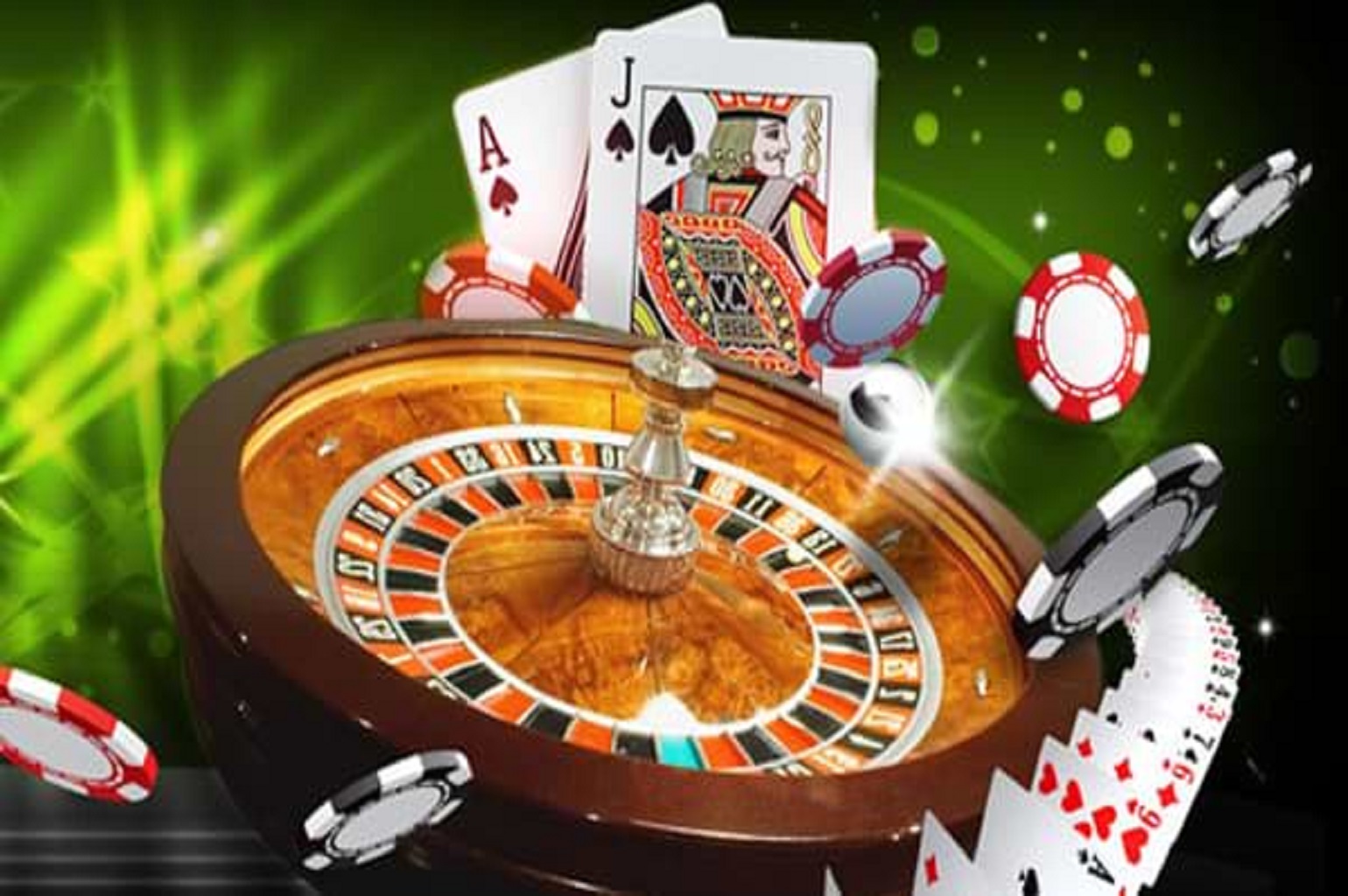
Casino games have long captivated the human imagination, drawing players into a world filled with fortune, planning, and the allure of adventure. Each activity is meticulously crafted not just for entertainment, but also to evoke particular emotional responses that keep gamblers engaged and invested. Understanding the motivations behind these designs reveals much about how human psychology plays a key role in the gaming experience.
From the dazzling lights and lively sounds to the sophisticated layering of rules and payoffs, casino games are designed to create an atmosphere of excitement and anticipation. Game designers leverage behavioral strategies to influence participant behavior, whether through the use of winning opportunities, close-call situations, or social interactivity. By examining these factors, we can better appreciate how casino games fulfill not just a need for entertainment, but deeper psychological needs for adventure and risk.
Comprehending Gamer Behavior
Casino games are crafted with a profound comprehension of player psychology, which is vital for drawing in and holding players. The excitement of the game, combined with the hope of winning, produces a formidable attraction. Game designers make use of elements like sonic elements, colorful graphics, and engaging gameplay to capture attention and generate emotional responses. These sensory effects enhance the total environment, making players feel more invested in the game.
Another notable aspect of player behavior is the idea of risk versus reward. sa88 Casino games often balance high-stakes situations with the potential for considerable rewards, which can result in the phenomenon known as near-miss experience. When players come within reach to winning, the brain secretes dopamine, bolstering their behavior and motivating them to keep playing in quest of that fleeting win. This cycle of wish and frustration plays a key role in how games are designed and promoted.
Lastly, community aspects also play a central role in player behavior at casinos. Many games are made to be played in teams or alongside other players, fostering a sense of belonging and communal experience. The social interaction inherent in games like blackjack enhances enjoyment and can culminate in longer play sessions. Designers capitalize on this by designing environments that encourage players to linger, interact, and return, making the overall casino experience more attractive.
The Role of Imagery and Sound
Imagery and audio play a significant role in improving the player’s experience within gambling games. Designers utilize bright colors, eye-catching graphics, and captivating animations to capture gambler’s attention and hold their focus. The use of themes, such as exploration or luxury, helps create an enthralling atmosphere that takes players into another world. By appealing to the senses, these elements add to a heightened emotional response, prompting players to interact more profoundly with the games.
Audio design is just as important in reinforcing the experience of casino games. The mix of background music, audio effects for winning combinations, and ambient noises creates an auditory landscape that keeps players fascinated. Sounds associated with victories, such as chiming bells or festive music, evoke feelings of thrill and satisfaction, encouraging players to continue playing. These sound cues are carefully placed to enhance the thrill of the game and create a more immersive experience.
Additionally, the synchronization of imagery and sound is essential for supporting the game’s overall concept and mood. Each element should coordinate seamlessly to create a unified experience that pulls players in. The effective use of this integration not only enhances user satisfaction but also boosts the likelihood of repeat play, as players become more engaged in the captivating world that the gambling games offer. This thoughtful integration of imagery and sound ultimately enhances player engagement and loyalty.
Incentive Systems and Engagement
The design of gambling games significantly relies on incentive systems to keep participants engaged and returning for more. These structures are based in behavioral principles that take advantage of human nature and motivation. Participants are often driven by the thrill of success, which is reinforced by immediate responses through the game structure’s mechanics. This instant gratification not just enhances the overall experience but also cultivates a sense of success, encouraging players to continue playing in hopes of greater gains.
Casinos utilize various reward structures, including large payouts, extra rewards, and multipliers, to engage participants. These elements create a layer of excitement that sustains interest. Additionally, the unpredictability of results plays a crucial role in keeping interest. The variable reward system, where wins are random but happen often enough, maintains participants on edge and driven to continue participating. This cycle of anticipation and anticipation is essential to the effectiveness of gambling experiences.
Moreover, community aspects, such as competitive events and multiplayer features, boost the engagement factor by leveraging the desire to compete of players. The communal aspect of playing with fellow participants can intensify the excitement of winning and create a sense of community within the casino. By combining these community elements with efficient incentive structures, gambling experiences don’t just provide fun but also nurture a stronger connection among participants, solidifying their commitment to the overall experience.
